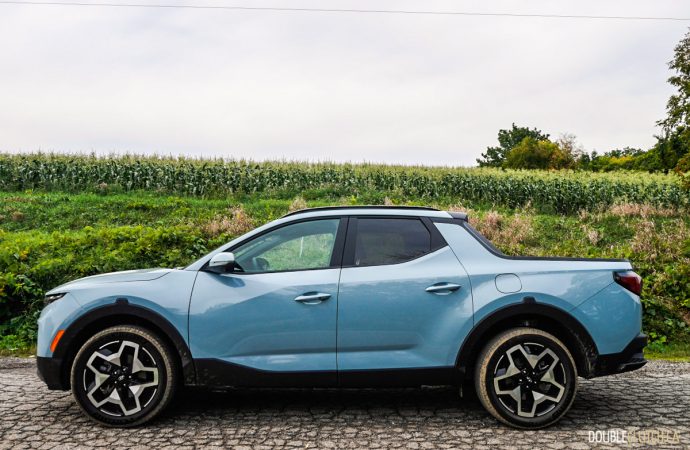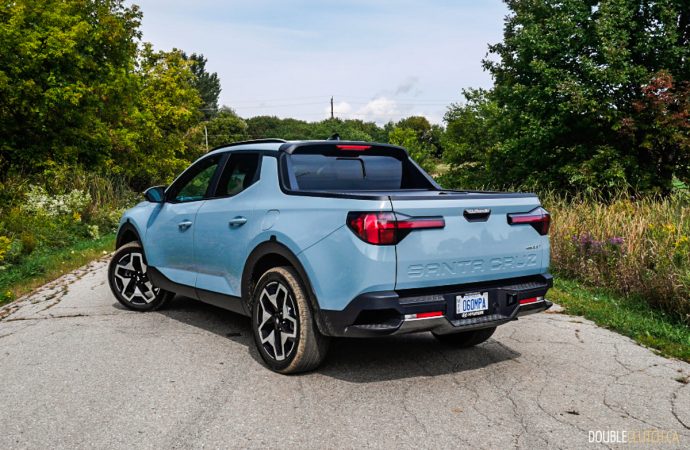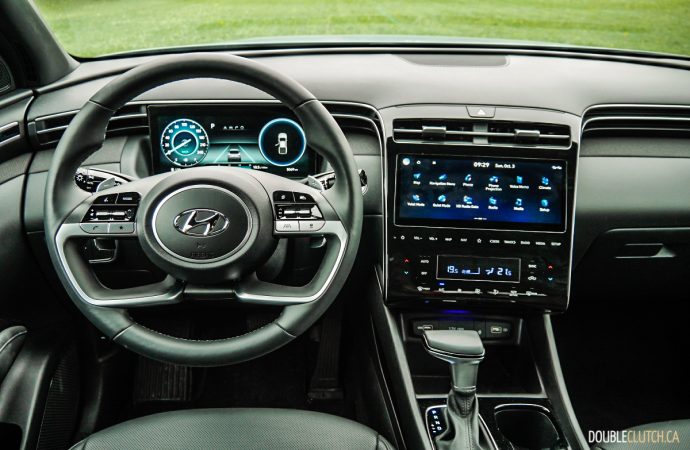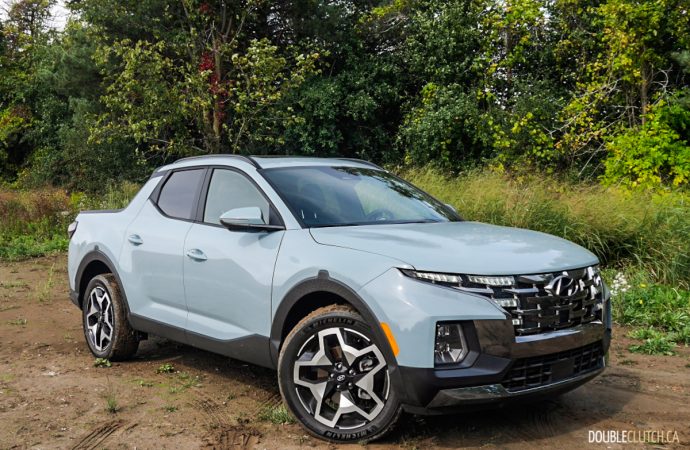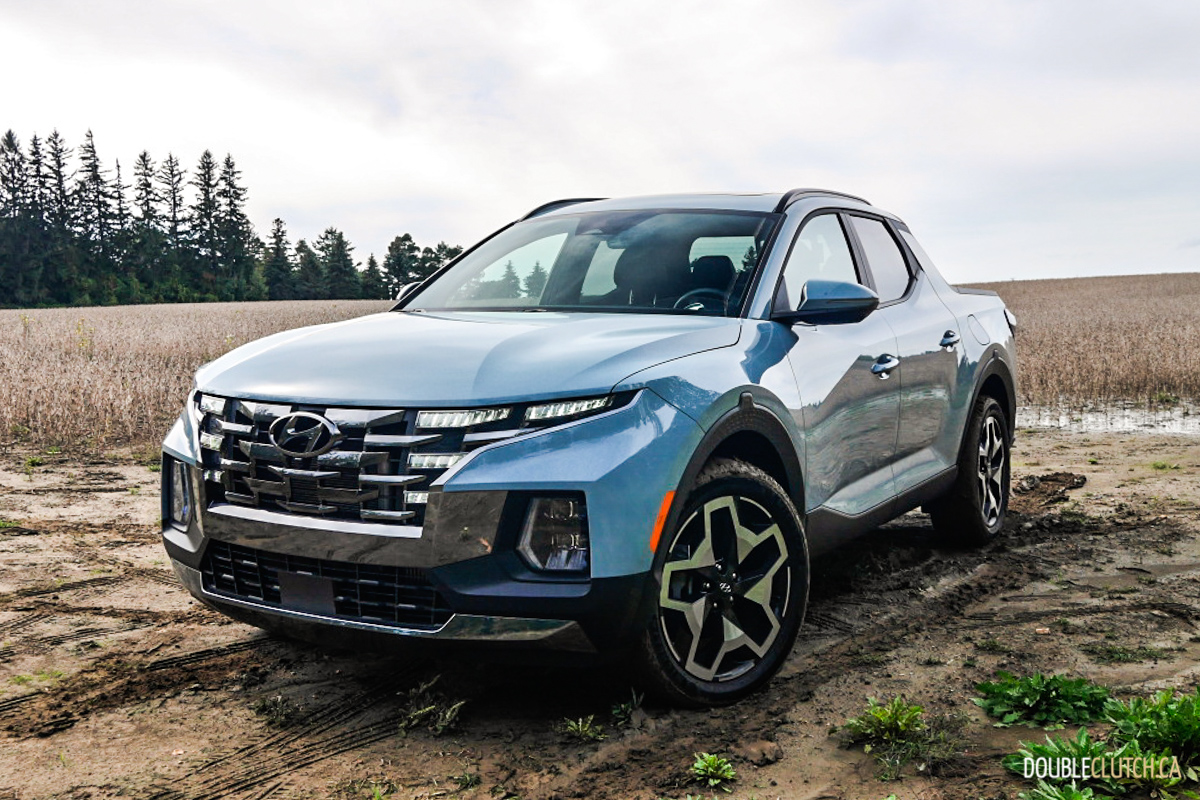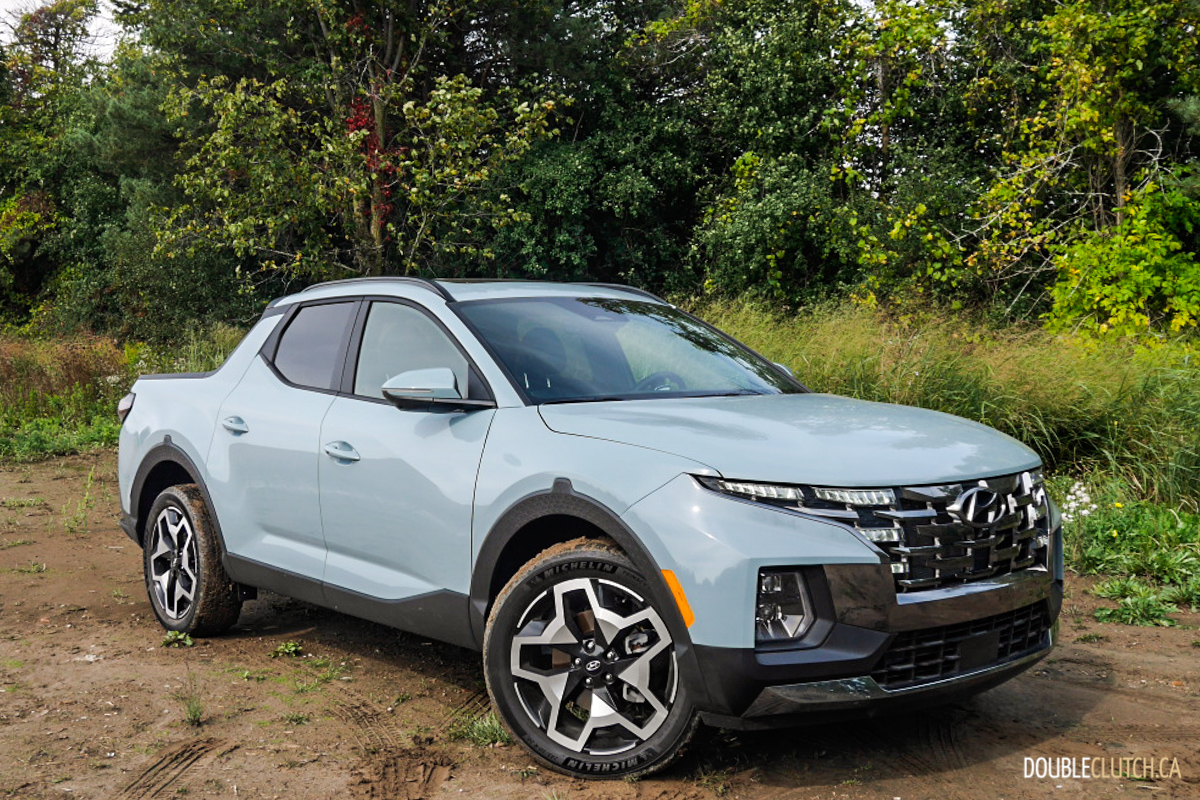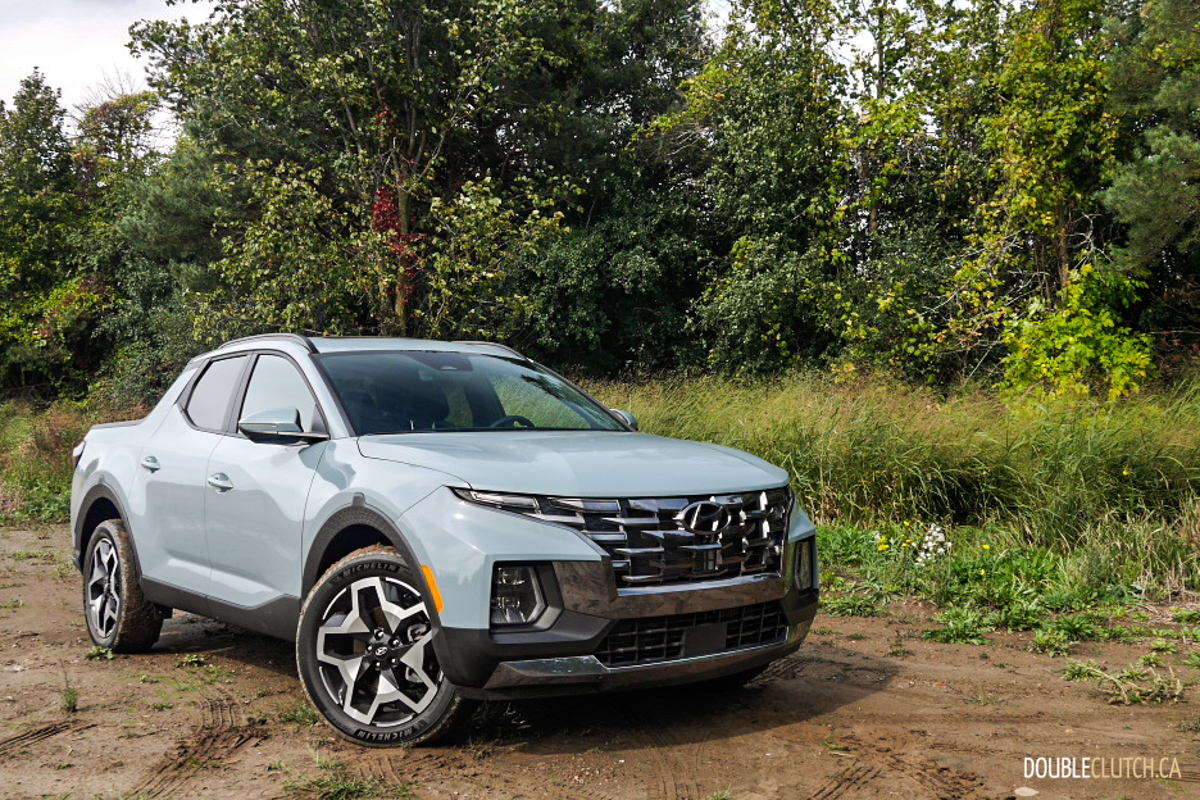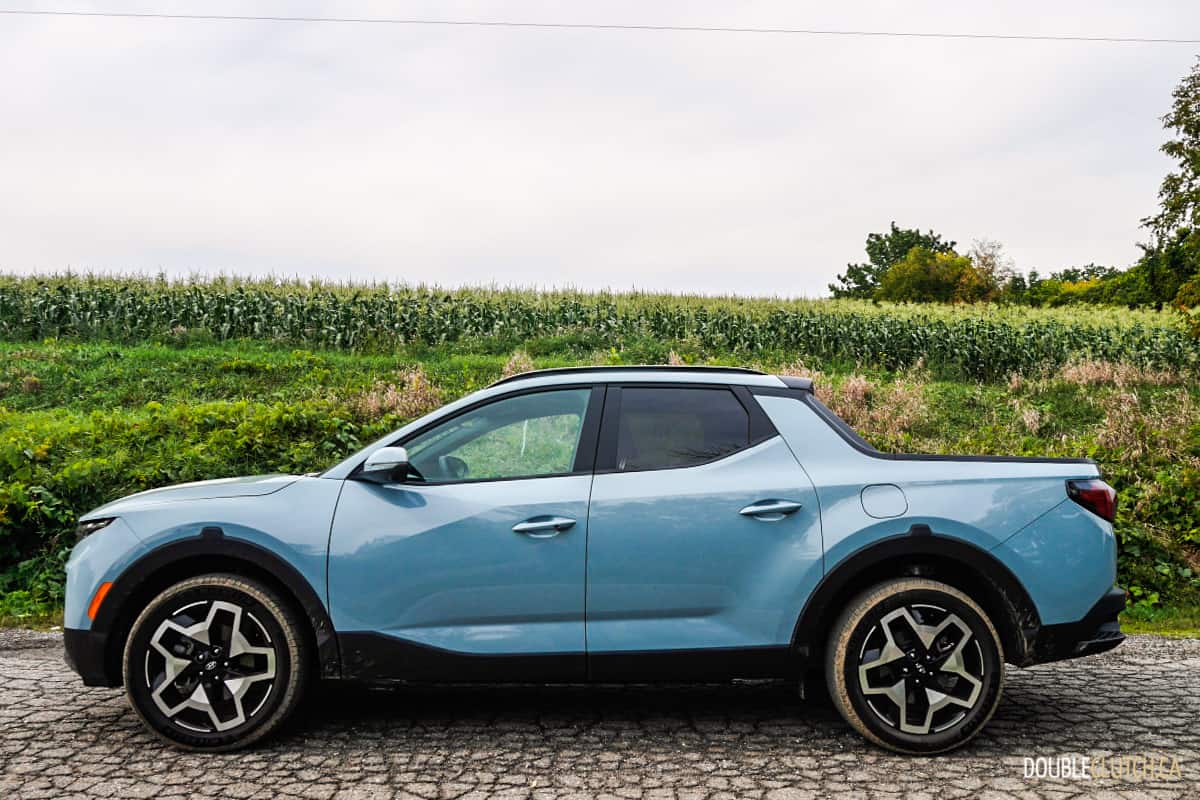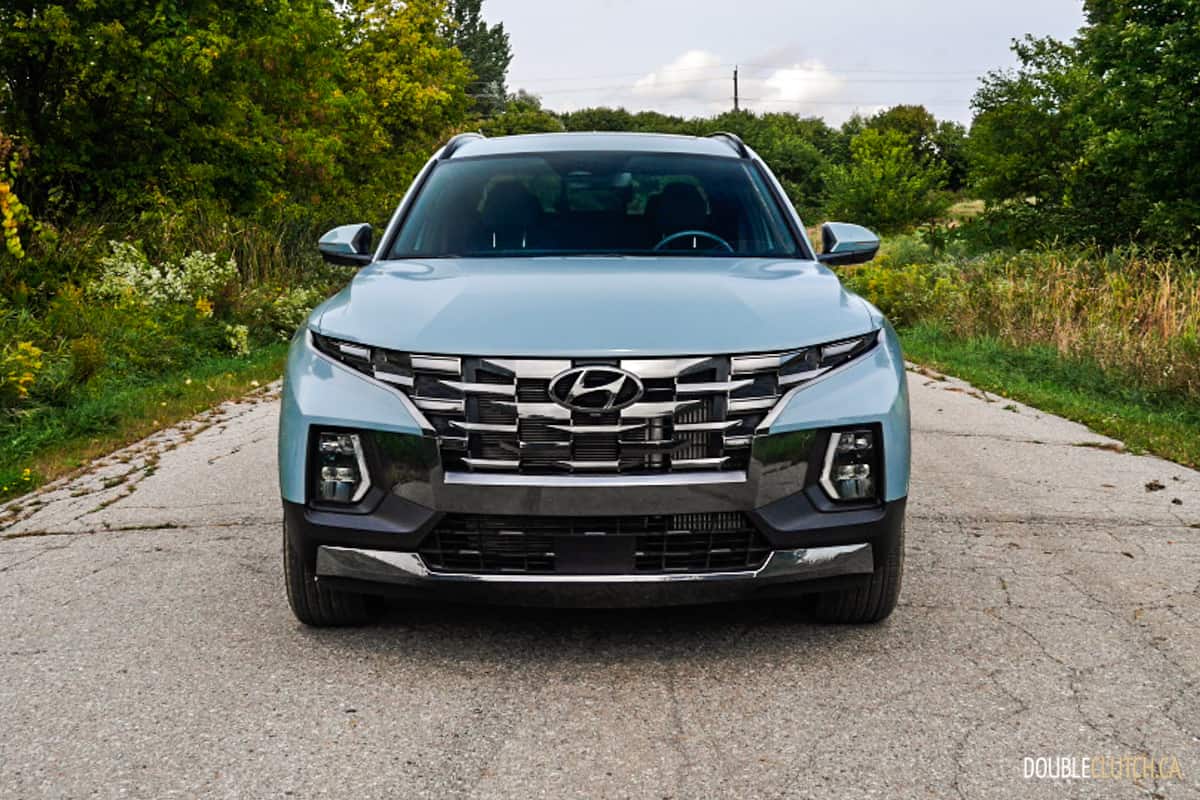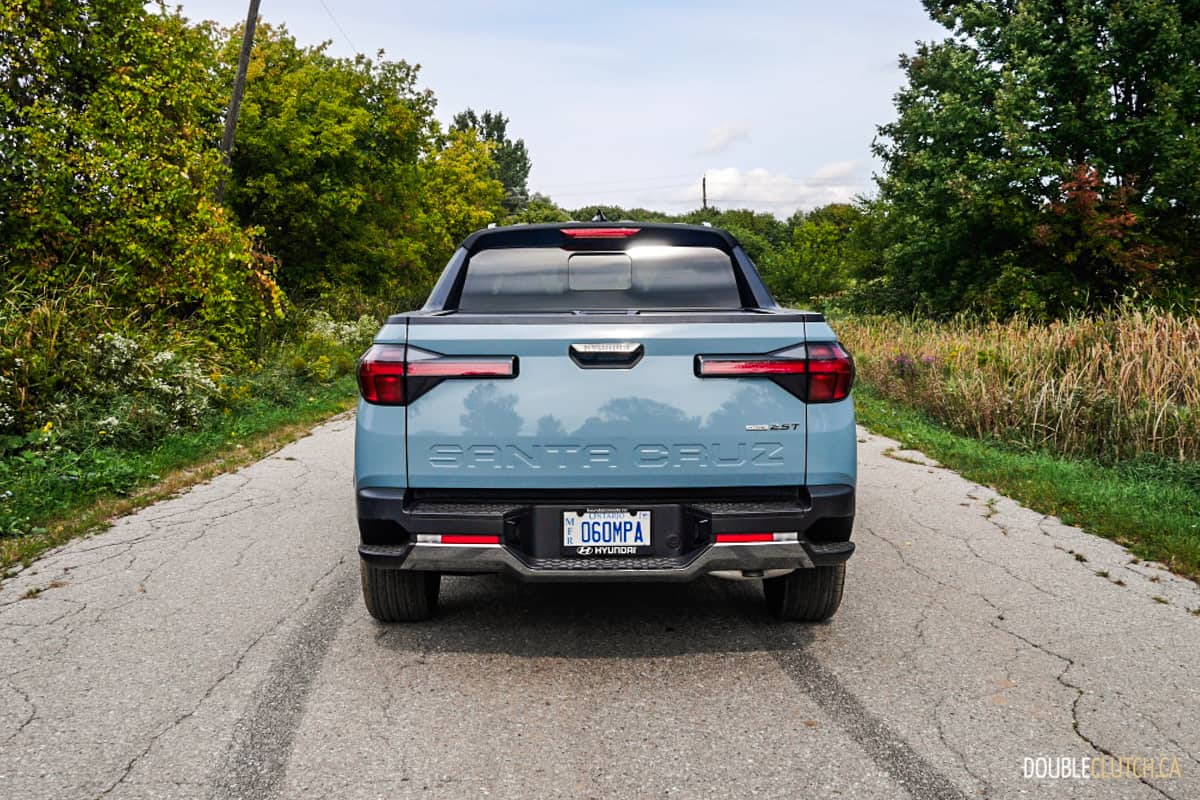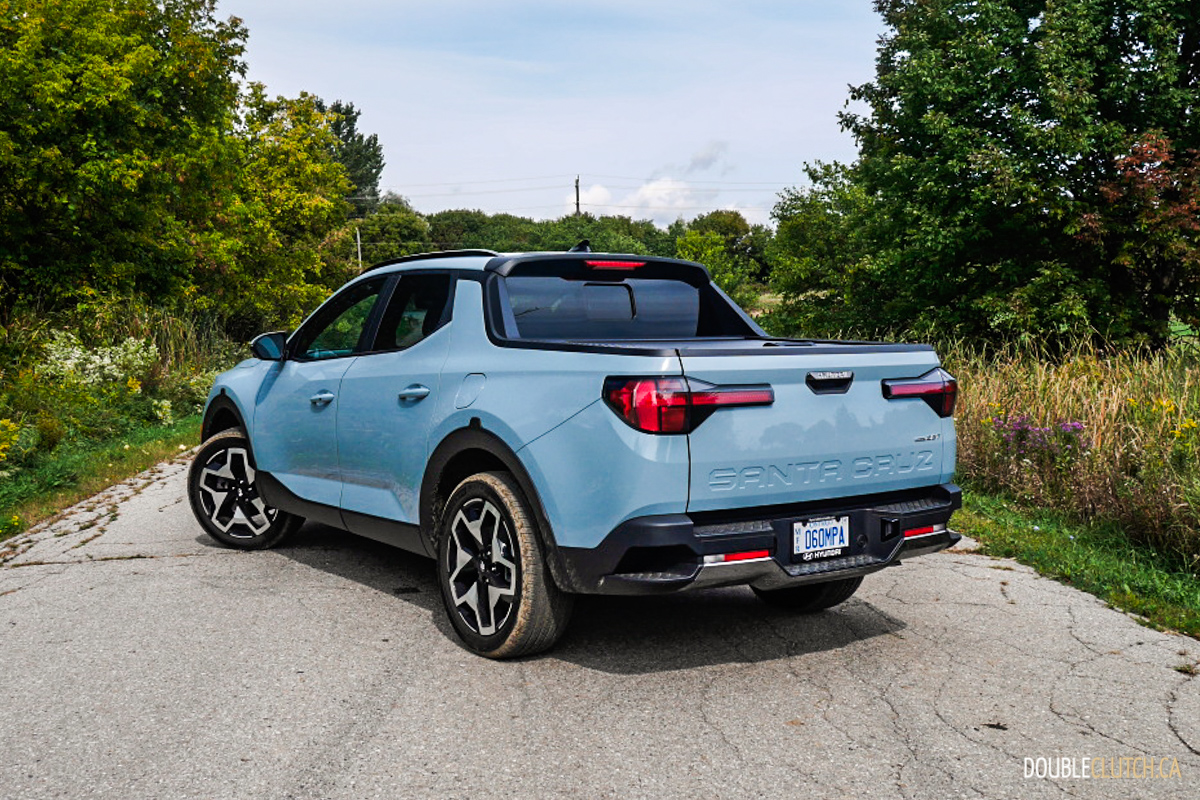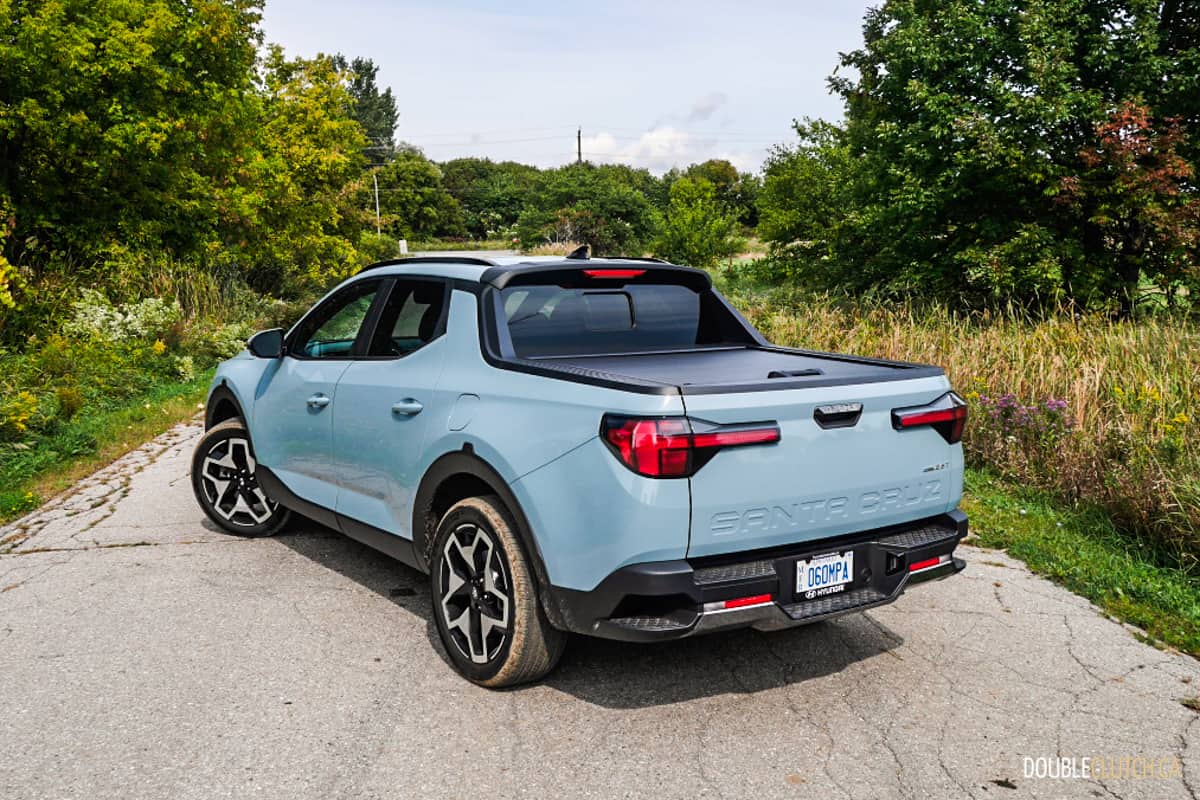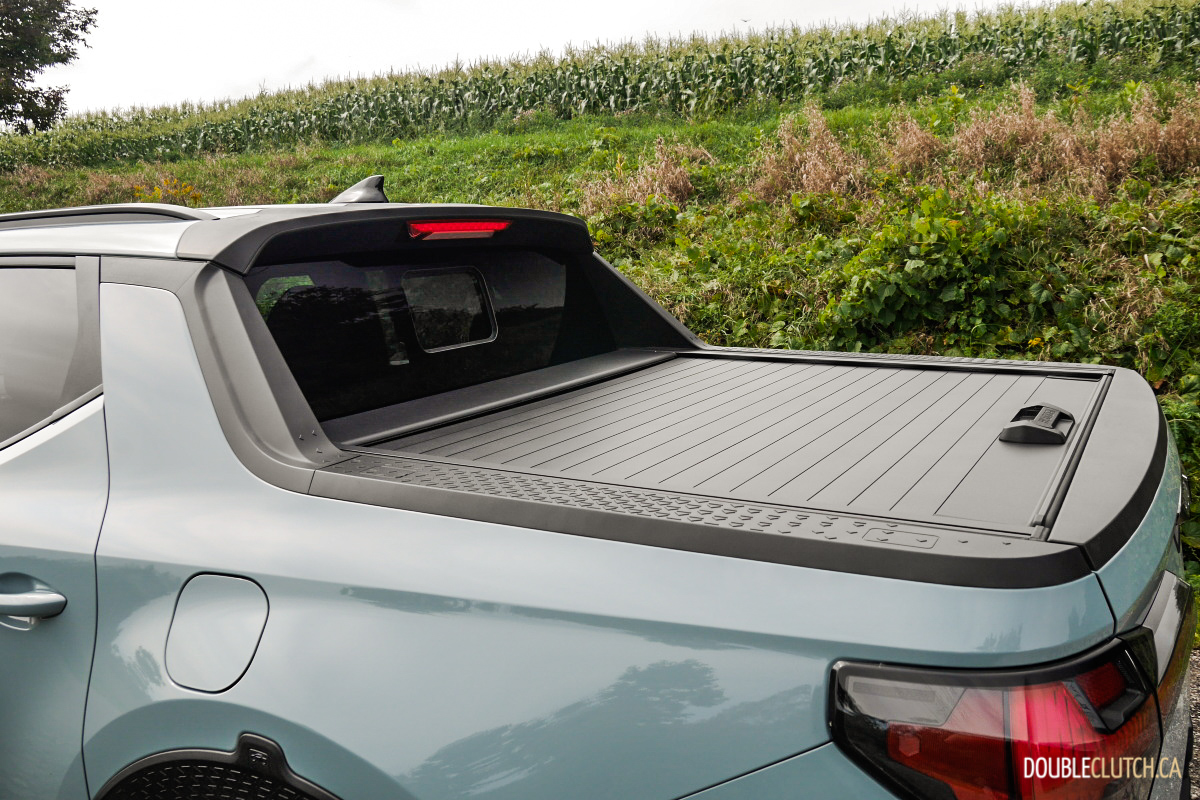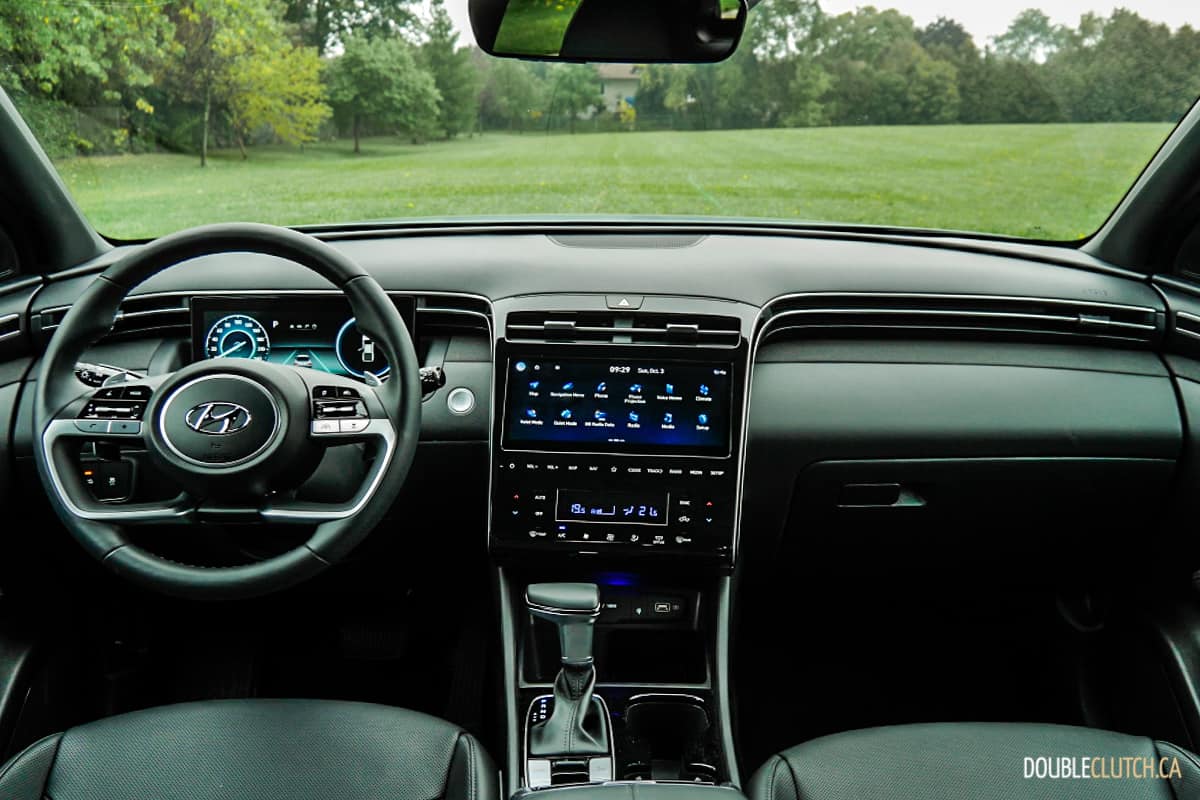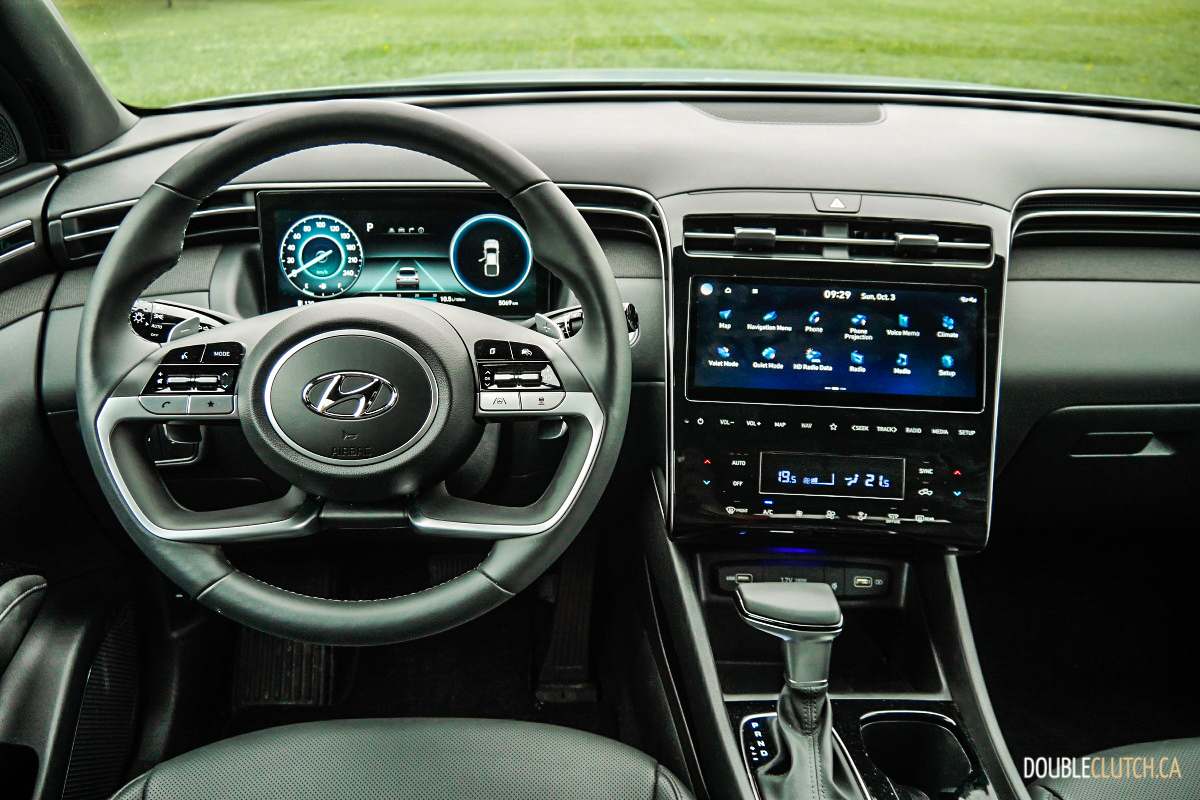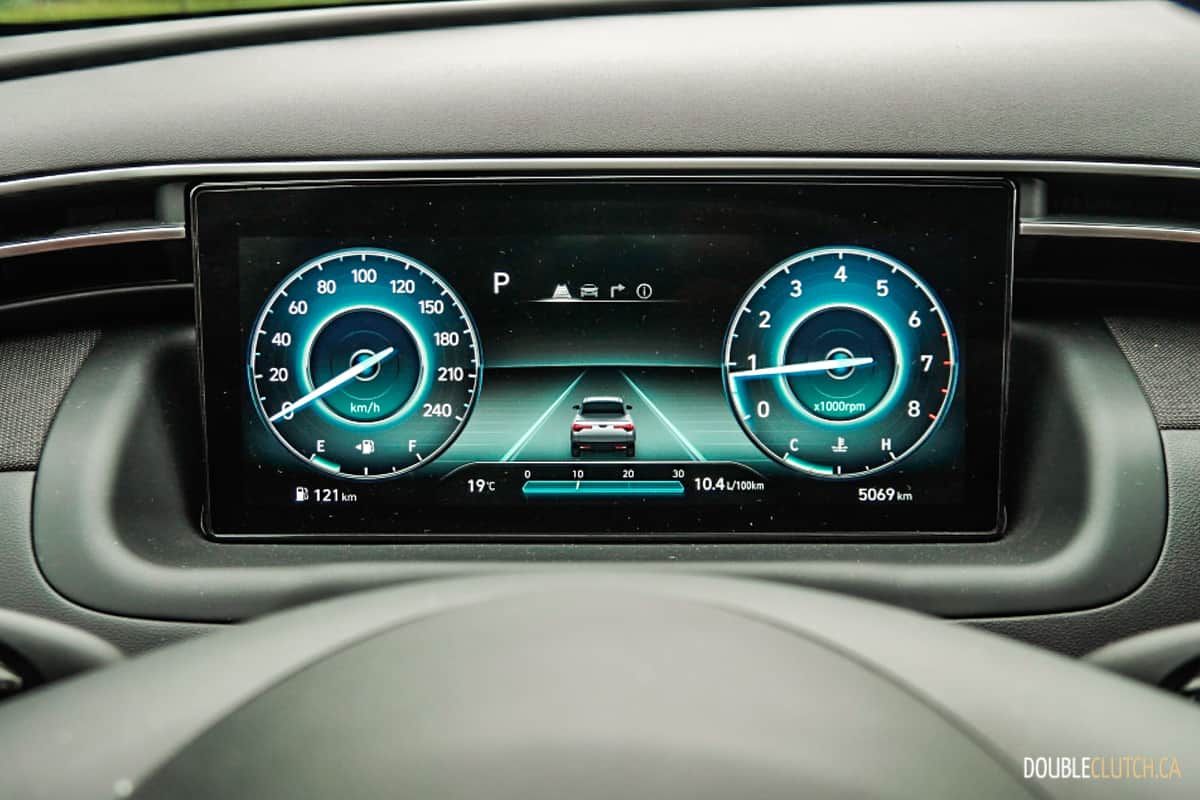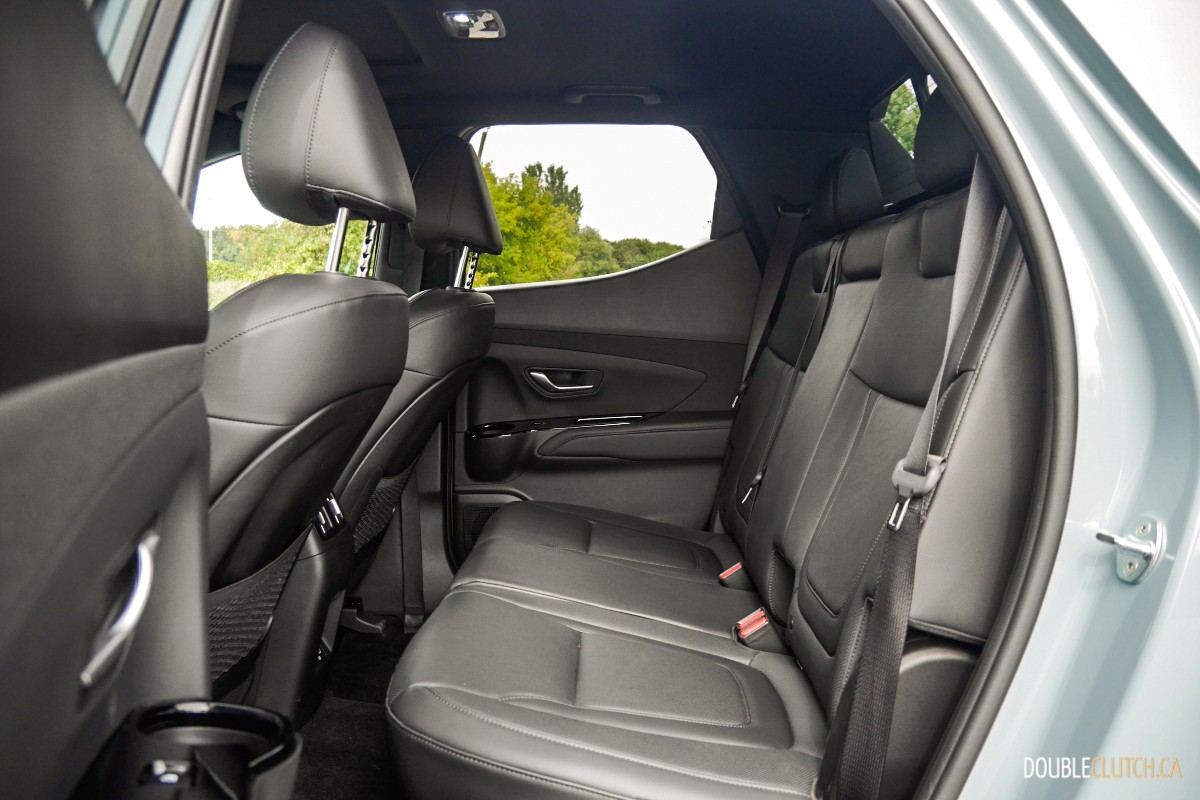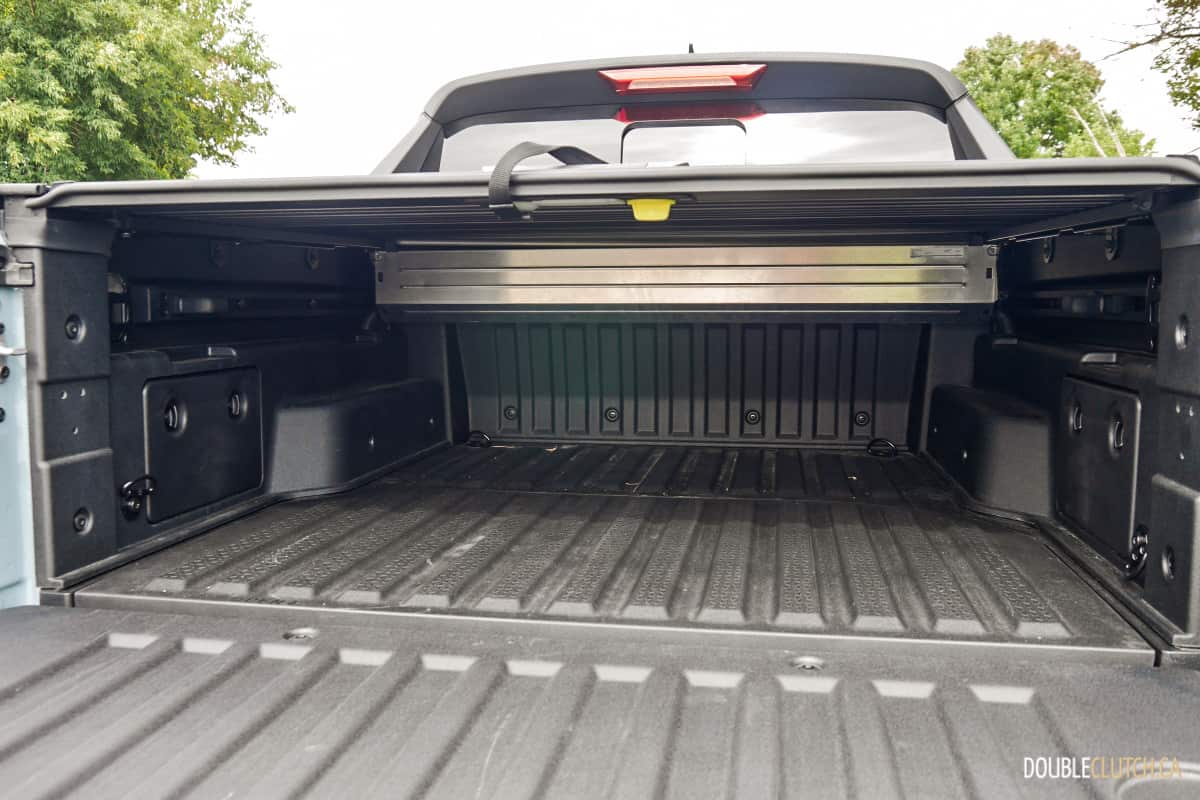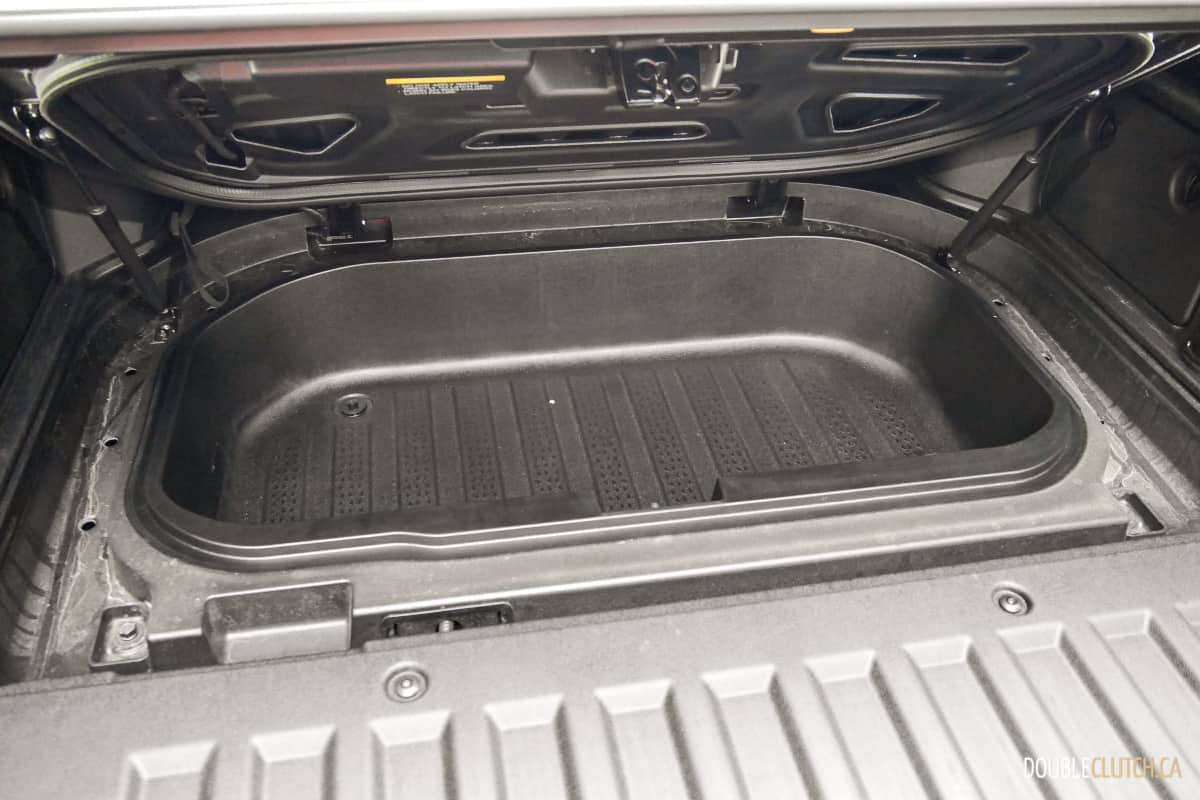Up until the mid-2000s, compact pickup trucks like the Mazda B-Series and Ford Ranger were wildly popular in North America for being easier to live with than full-sized trucks while retaining much of the utility. As consumer tastes gradually changed, we started to see the discontinuation of many compact pickups in favour of larger trucks and SUVs. Fortunately, manufacturers are now revisiting this segment, starting off with this – the all-new 2022 Hyundai Santa Cruz – and the 2022 Ford Maverick that we also cannot wait to get our hands on.
First off, the 2022 Hyundai Santa Cruz looks like something that is out of this world – a comment we received several times throughout the week. Its front end resembles the Hyundai Tucson that it shares a platform with, and it has extra plastic accents to give it a meaner and more rugged appearance. The grille cleverly hides the brand’s new signature lighting until it gets illuminated, and the ‘no headlight’ design exuded a sense of mystique drawing more attention. The rear horizontal lighting units are distinctive as well, and we liked how Hyundai’s designers etched the model name onto the tailgate in an oversized font.
The Santa Cruz is a size smaller than the current “small” pickup trucks on the market today – it is nearly 10-inches shorter than a Nissan Frontier and over 15 inches shorter than the Toyota Tacoma and Honda Ridgeline. It is about four-inches shorter than the 2022 Ford Maverick, and has a shorter wheelbase for easy city navigation. The obvious downside to its compact footprint is obviously a smaller bed which measures at 764-litres with a length of 52 inches. The depth reduces to 48 inches near the top of the bed to make room for the standard lockable tonneau cover.
In Canada, the Santa Cruz is only offered in the powerful 2.5-litre turbocharged inline four-cylinder engine. Maximum horsepower is rated at 281 at 5,800 RPM, and its maximum torque is 311 lb-ft. that arrives at 1,700 RPM. That is plenty of get up and go power for the Santa Cruz and we had no issues getting around in the city or on the highway. The punchy powerplant has enough low-end power that we never felt the need for a six-cylinder, however we wished the eight-speed dual clutch transmission could be more responsive towards manual inputs.
Power is delivered seamlessly to all four wheels through Hyundai’s HTRAC all-wheel drive system. The system has a variety of ways it can distribute power including the ability to send more power to the rear wheels when it is set in Sport mode. Thanks to its unibody construction and shorter wheelbase, the Santa Cruz handles like a SUV with good steering feel and its on-road composure is one of the Santa Cruz’s biggest advantage over its competition. Maximum towing capacity is 5,000 pounds when used with trailer brakes which is more than the Ford Maverick.
Fuel economy is rated at 12.1L/100km in the city and 8.6L/100km on the highway for a combined estimate of 10.6L/100km. During our test drive, we observed a slightly disappointing 11.4L/100km consumption over mixed commutes. Regular grade gasoline is acceptable for its 67-litre fuel tank.
Beside the styling, the Santa Cruz also shares a simple and futuristic interior design with its Tucson SUV sibling. The biggest difference in the cabin between the two was the shifter design, where the Santa Cruz did away with the push-button shifter for a traditional one – a subtle but welcomed change. The centre console looks like one large screen but is actually made up of a 10.25-inch touchscreen on top and touch-sensitive keys for the bottom half.
While we appreciate the cleanliness of the buttonless cockpit design, physical buttons and knobs would have been more appropriate to accommodate glove users. The rest of the cabin layout is accommodating with good head and legroom and lots of storage spaces and the front seats were comfortable enough for extended road trips. The rear bench has enough room to not feel cramped and even had extra storage space below the seats but they are too flat for us to feel too cozy in.
We enjoyed the intuitive Infotainment system with vivid graphics and quick system responses. The Ultimate trim that we tested is nicely equipped inside with heated and ventilated front seats, heated steering wheel, wireless charging pad, 64-colour ambient lighting, and HVAC vents for the second row. Apple CarPlay and Android Auto connectivity is supported and music is played through an eight-speaker Bose premium audio system.
To protect its occupants and surrounding, Hyundai has given the Santa Cruz a host of active safety systems including Forward Collision-Avoidance Assist, Adaptive Cruise Control, Lane Following Assist, Lane Keeping Assist, Safe Exist Warning, Blind-Spot Collision Avoidance Assist, Rear Cross-Traffic Collsion-Avoidance Assist systems. The Ultimate trim gets additional Intelligent Speed Limit Assist, Blind View Monitor, Surround View Monitor, and Highway Driving Assist systems that really proved their worth throughout our time with the Santa Cruz.
The 2022 Hyundai Santa Cruz comes in two trims, starting with the base Preferred ($38,499). The top-of-line Ultimate adds 20-inch alloy wheels, ventilated front seats, LED headlights, 10.25-inch colour touchscreen navigation system, and surround view monitor for an all-inclusive MSRP of $44,799. The only extra cost on our tester was the $200 Blue Stone paint, which is well worth the money over the standard Ice White Solid colour, putting our as-tested total to $44,999.
The 2022 Hyundai Santa Cruz is an appealing option for people who are looking for a bit extra utility from their SUV rather than anyone who plans to use their truck for daily grunt work. We expect its handsome styling to also draw some casual buyers who want it as a lifestyle and fashion statement and they will be delighted to not give up any livability when compared to a regular crossover. Along with the Ford Maverick, the compact truck war has just restarted, and is going to be an exciting one to follow.
See Also:
2022 Hyundai Tucson Ultimate Hybrid

